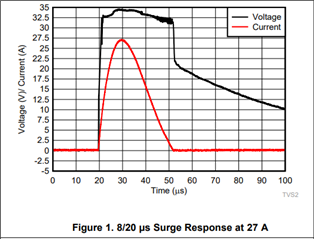Other Parts Discussed in Thread: TVS2201, STRIKE
Hi Team,
we are currently using the following scheme for reverse polarity where TVS is after RPP.
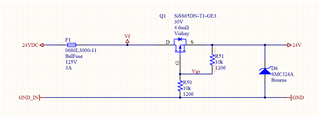
The input is 24VDC from standard industrial supply.
But now we want to ESD protect also the PMOS.
Would you recommend the following approach:
1)
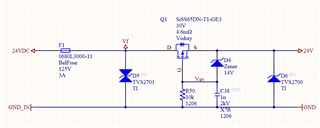
2)
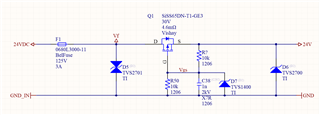
Questions:
a) Would you recommend a TVS2701 or TVS2201 for 24V system?
b) Do you can provide the clamping voltage Vc for 10/1000 pulse? The Ds only has Vc=35.7V for 8/20 pulse and probably the 10/1000 Vc is lower correct ?
c) The clamping voltage of TVS2701 is Vc=35.7V and the Vds of the PMOS is 30V is this a problem when there is an ESD event ? Should the rating of PMOS Vds be grater than clamping voltage?
d) In case when RPP is on , GND_IN= 24V, 24VDC=0V will the TVS2701 survive ?
e) Regarding the protection of the gate ( vgs 20V) , should we use the zener or the TVS the bidirectional Zener or TVS version also?
f)
Our system when normal working 24VDC, we should ESD protect the PMOS with input bidirectional TVS and gate protection either Zener or TVS.
Our system when in RPP mode , Although our system will not operate in reverse polarity conditions, it should not be damaged as it will be protected by our RPP circuit.
And we have an indicator when in RPP mode
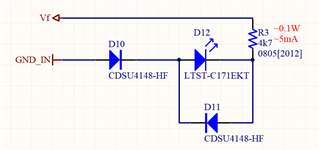
Best Regards,
d.


